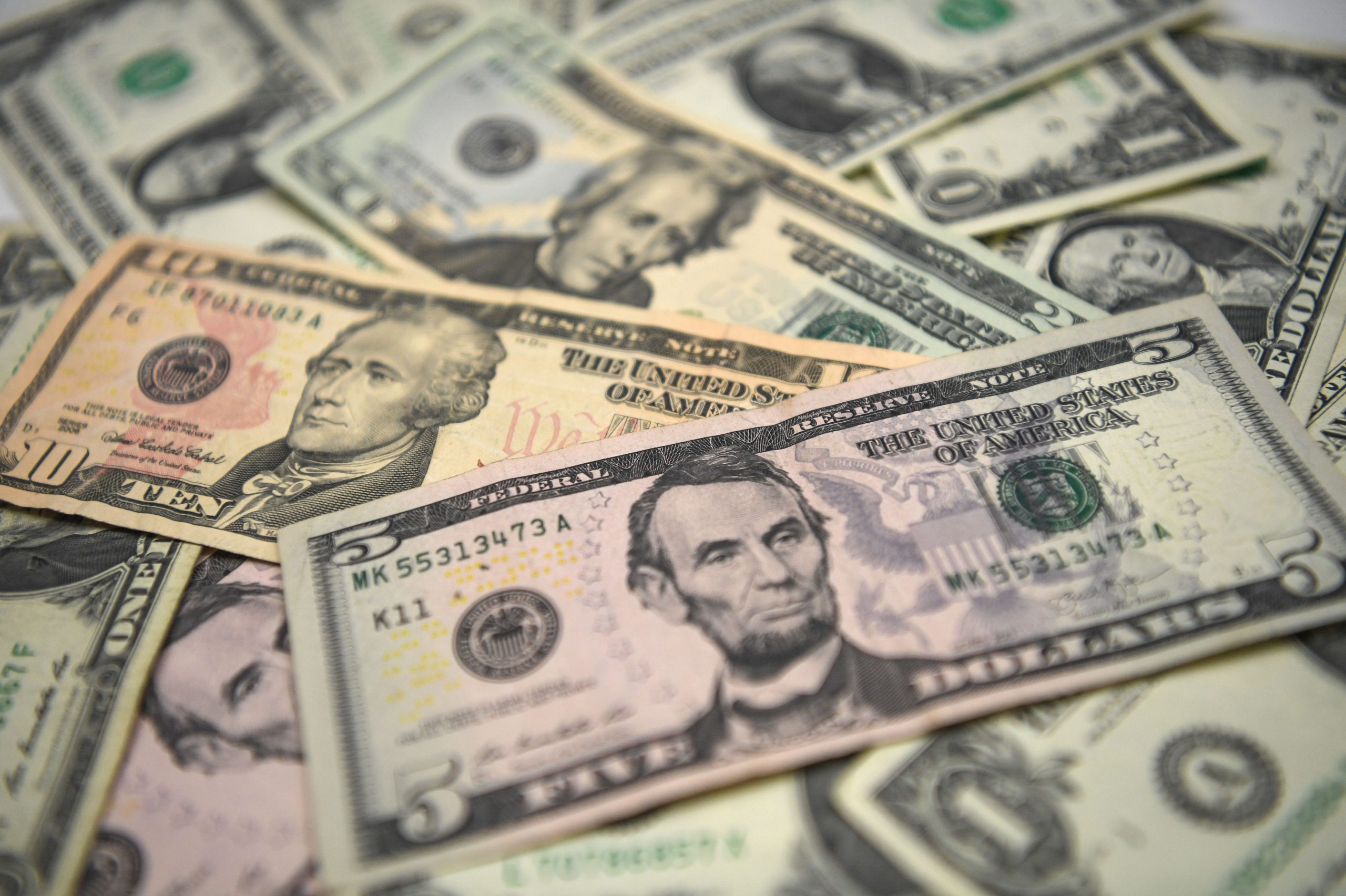The US dollar continued its sharp rally on Thursday, fueled by both expectations for quicker Federal Reserve policy tightening and safe-haven flows amid mounting recession worries.
The dollar set fresh 24-year highs over 128 yen and returned to parity with the euro after briefly breaking through the mark overnight.
Also Read| US inflation hits 9.1% in June, highest in 40 years
However, the Singapore dollar and the Philippine peso rose against their US counterparts after their respective monetary authorities startled market participants by tightening policy in off-cycle movements.
After touching 138.015 for the first time since September 1998, the dollar was 0.37% higher at 137.935 yen.
The euro lost 0.39% to $1.0020. On Wednesday, it reached $0.9998 for the first time since December 2002.
Also Read| Why US inflation is going up and when will it come down
Consumer price inflation in the United States accelerated overnight, reaching four-decade highs.
Traders boosted their bets that the US Federal Reserve will raise interest rates by 100 basis points when it meets on July 26-27. A rise of at least 75 basis points is widely expected.
The Bank of Canada stunned markets with a percentage-point rate hike, fueling additional Fed bets.
Also Read| US inflation rate at a 40-year high | A timeline: 1930-2022
On Thursday, the US dollar gained 0.11% against the Canadian loonie, reaching C$1.2293 after dropping 0.32% overnight.
The US dollar fell 0.56% to S$1.3960 and slid to 1.3929, its lowest level since July 1, after the Monetary Authority of Singapore (MAS) tightened policy outside of its scheduled meetings on Thursday to tackle surging inflation.
The dollar fell as much as 0.52% to 56 Philippine pesos as the Fed surprised markets with a 75-basis-point hike.
Also Read| Impact of US Feds’ biggest rate hike since 1994 on India
The New Zealand currency fell 0.31% to $0.61125, returning to its two-year low of $0.6081, despite the central bank’s as-expected half-point rate rise that day.
The Australian dollar was barely changed at $0.67605, reversing a prior loss following data on Thursday that showed the jobless rate plummeting to a 48-year low and as prices of major export iron ore rose.
Also Read | Great Depression to COVID: Top 5 market crashes in American history
Sterling fell 0.4% to $1.1847, returning to a two-year low of $1.18075 set earlier in the week. It had received some temporary relief overnight from statistics suggesting that the British economy increased unexpectedly in May.
The Indian rupee rose 7 paise to 79.74 against the US dollar in early trade on Thursday, buoyed by a strong trend in domestic markets.







